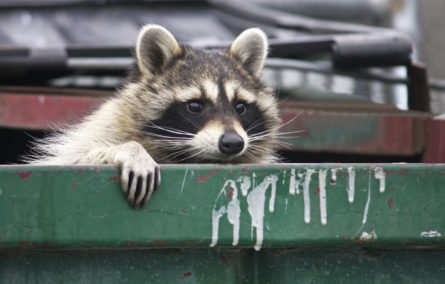Pest control with monkeys? Indeed, on some oil palm plantations
Macaques can reduce the number of rats by more than 75% at some plantations. That’s good news for farmers as the monkey can effectively control populations of the rodents without the use of pesticides.

Across vast stretches on the island of Borneo, which is shared by Malaysia and Indonesia, lush rainforests have been felled for timber and agricultural land. Endless stretches of oil palm plantations have sprouted in their place.
In the Malaysian state of Sabah, a mere fifth of the land is now covered in forests. The area’s storied biodiversity has suffered greatly as a result. Numerous endemic species like orangutans and hornbills are being pushed ever closer to the edge of extinction.
Yet even as some species have suffered, others have thrived. Rodents like rats are proliferating at palm oil plantations and logged forests where they pose grave threats to small mammals with which they end up sharing the same underbrush habitats.
New predators have arrived at those plantations, however. Namely: macaques.
The monkeys are known for raiding crops, but according to researchers it isn’t just the fruits of oil palm trees they are after. They are also after rats.
Macaques can reduce the number of rats by more than 75% at some plantations. That’s bad news for the rats but good news for farmers as the monkey can effectively control populations of the rodents without the use of pesticides.
“By uncovering cavities in oil palm trunks where rats seek shelter during the day, one group of pig-tailed macaques can catch more than 3,000 rats per year,” explains Anna Holzner, a scientist at the University of Leipzig and the Max Planck Institute for Evolutionary Anthropology who was an author of a new study.
According to the researchers, a group of pig-tailed macaques that live in nearby forests consume more than 12 tons of oil palm fruits a year at some oil palm plantations in an area. Yet that seemingly large sum amounts to a mere 0.56% of overall production.
And the monkeys make up for what they pilfer by eating rats and plenty of them. That’s helping cultivators since rats cause far more losses than monkeys. The rodents consume or otherwise damage 10% of oil palm fruits.
source: sustainability-times.com


